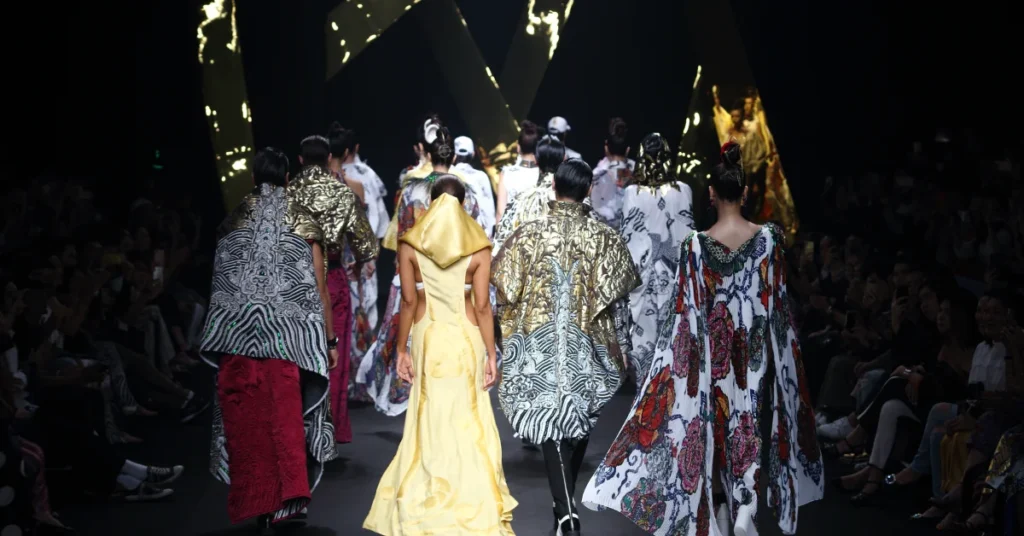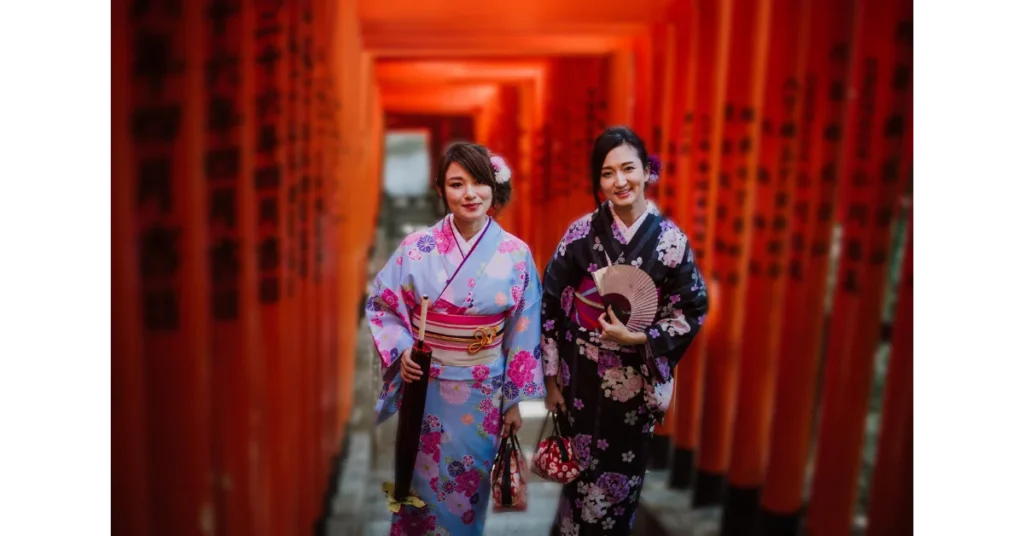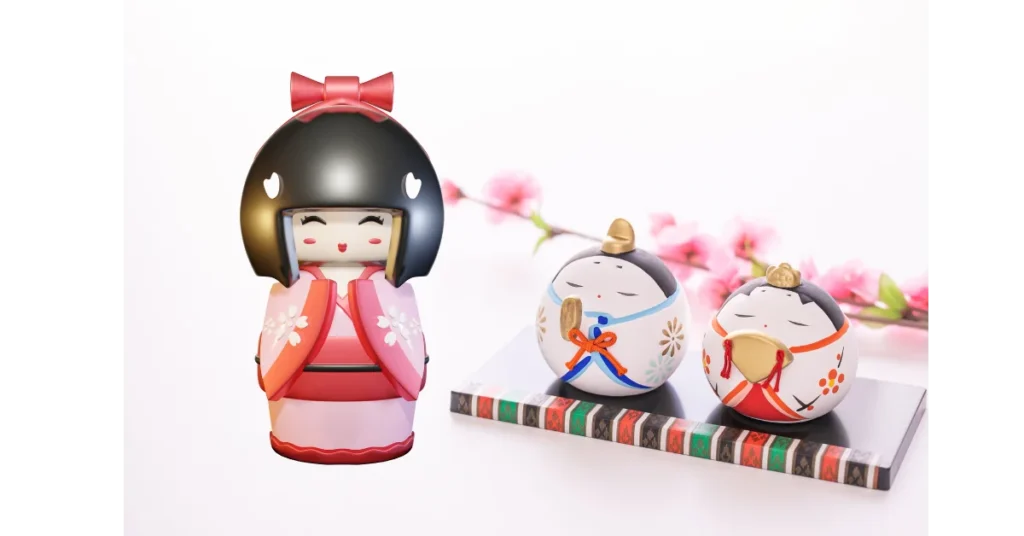Kimono to Catwalk: A Journey Through Japanese Clothing and Fashion
Japan, known for its exquisite traditions and cutting-edge technology, is revered for its distinctive clothing and fashion culture. Japanese clothing and fashion, steeped in tradition yet ever-evolving, embody the nation’s rich history, diverse subcultures, and innovative spirit.

Kimono: Historical Roots
Originating in the Heian period (794-1185), the kimono stands as the quintessential symbol of Japanese clothing tradition.
A kimono is a traditional Japanese garment with a T-shaped, straight-lined robe, wide sleeves, and a wrap-around design fastened by an obi sash. It’s worn for various occasions and is known for its intricate designs reflecting Japanese culture and heritage.

Each component of the kimono, from the obi (sash) to the intricate patterns, carries profound cultural significance, reflecting the wearer’s status, occasion, and aesthetic sensibilities.
Fashion Evolution:
The evolution of traditional fashion in Japan is a fascinating journey that intertwines with the country’s history, societal changes, and cultural influences. While the kimono symbolizes Japanese tradition, fashion trends blend modernity with traditional aesthetics over time.
With the advent of Westernization in the late 19th century, Japanese fashion experienced a fusion of traditional and contemporary styles, leading to innovative designs and techniques.
1. Harajuku: A Mecca of Street Style
Located in Tokyo, Harajuku has emerged as a global epicenter of street fashion, renowned for its eclectic blend of styles and avant-garde creations.
From Gothic Lolita to Decora, Harajuku fashion subcultures epitomize creativity, individuality, and self-expression.
Fashion enthusiasts flock to Takeshita Street to witness the vibrant spectacle of fashion crew showcasing their unique ensembles, pushing the boundaries of conventional style norms.
2. Kawaii Culture: Embracing Cuteness
Kawaii, meaning “cute” or “adorable,” permeates every facet of Japanese popular culture, including fashion.
Characterized by pastel colors, whimsical motifs, and oversized accessories, Kawaii fashion celebrates innocence and playfulness.
Icons like Hello Kitty and Pikachu have become emblematic of Contemporary Trends in Kawaii culture, inspiring a global phenomenon embraced by fashionistas worldwide.

Key Elements of Traditional Clothing:
Traditional Japanese clothing is renowned for its exquisite craftsmanship, attention to detail, and symbolic motifs.
The kimono, a pinnacle of Japanese fashion, features luxurious silk and intricate patterns inspired by nature, mythology, and geometry.
The obi, a wide sash worn around the waist, serves both a functional and decorative purpose, adding elegance and flair to the overall ensemble.
Preservation and Promotion:
Efforts to preserve and promote traditional clothing in Japan are underway through various initiatives, including cultural festivals, museum exhibitions, and educational programs.
Dedicated organizations ensure the continuity of traditional attire for future generations.
Cultural Significance:
The Japanese tea ceremony, or chanoyu, is steeped in centuries-old Japanese traditions and cultural rituals, including attire.
Participants don traditional garments such as kimono or yukata, emphasizing the importance of aesthetics and mindfulness in every aspect of the ceremony.
The tea ceremony attire blends fashion with heritage seamlessly, reflecting Japanese culture’s reverence for tradition and attention to detail.
OUTLOOK:
Rooted in centuries-old customs yet evolving with the times, Japanese fashion captivates with its elegance, creativity, and attention to detail. As we explore Japanese fashion’s dynamic landscape, we witness a global cultural legacy inspiring awe and admiration.






